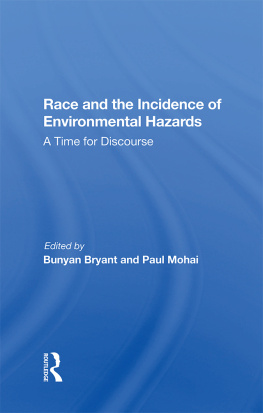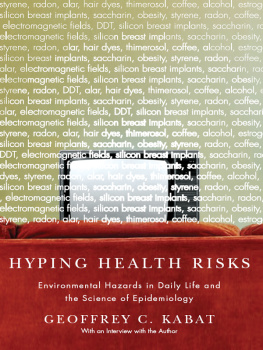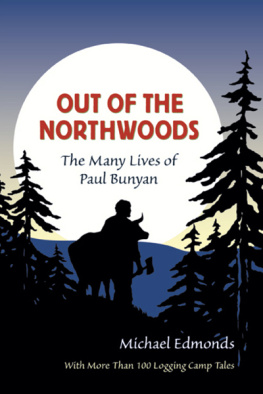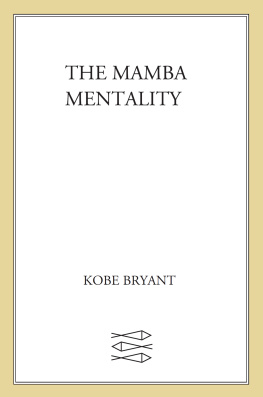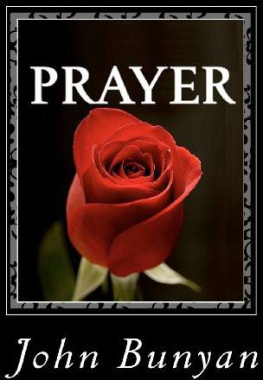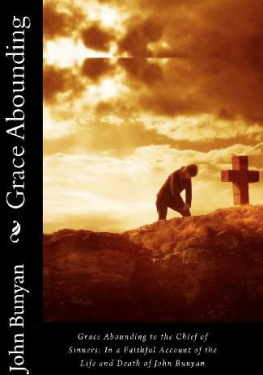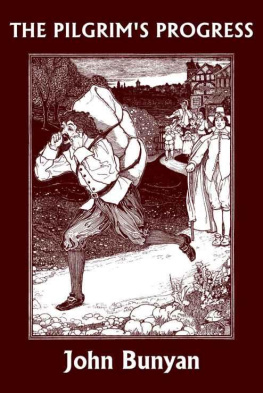Race and the Incidence of Environmental Hazards
Race and the Incidence of Environmental Hazards
A Time for Discourse
Edited By
Bunyan Bryant and Paul Mohai
School of Natural Resources and Environment University of Michigan, Ann Arbor
First published 1992 by Westview Press, Inc.
Published 2019 by Routledge
52 Vanderbilt Avenue, New York, NY 10017
2 Park Square, Milton Park, Abingdon, Oxon OX14 4RN
Routledge is an imprint of the Taylor & Francis Group, an informa business
Copyright 1992 Taylor & Francis
All rights reserved. No part of this book may be reprinted or reproduced or utilised in any form or by any electronic, mechanical, or other means, now known or hereafter invented, including photocopying and recording, or in any information storage or retrieval system, without permission in writing from the publishers.
Notice:
Product or corporate names may be trademarks or registered trademarks, and are used only for identification and explanation without intent to infringe.
Library of Congress Cataloging-in-Publication Data
Race and the incidence of environmental hazards: a time for discourse
/edited by Bunyan Bryant and Paul Mohai.
p. cm.
ISBN 0-8133-8513-X
1. Environmental healthUnited States. 2. MinoritiesUnited
StatesHealth and hygiene. I. Bryant, Bunyan I. II. Mohai, Paul.
RA566.3.R33 1992
363.72'87008'693dc20 92-26064
CIP
ISBN 13: 978-0-367-28491-6 (hbk)
Contents
Bunyan Bryant and Paul Mohai
Charles Lee
Dorceta Taylor
Henry Vance Davis
Michel Gelobter
Robert Bullard
Patrick C. West
Patrick C. West, J. Mark Fly, Frances Larkin, and Robert W. Marans
Beverly Hendrix Wright
Harvey L. White
Conner Bailey and Charles E. Faupel
Wm. Paul Robinson
Paul Mohai and Bunyan Bryant
Ivette Perfecto
Mutombo Mpanya
Bunyan Bryant and Paul Mohai
Guide
We wish to express our thanks to the following individuals for their help and support of the Conference on Race and the Incidence of Environmental Hazards: James E. Crowfoot, former Dean of the School of Natural Resources; Charles D. Moody, Vice Provost for Minority Affairs; James S. Jackson, former Associate Dean, Horace H, Rackham School of Graduate Studies; William C. Kelly, Vice President for Research; and Linda S. Wilson, former Vice President for Researchall of the University of Michigan.
For editorial assistance, we acknowledge Miriam E. Zweizig, Elise P. McLaughlin, and Terry Calhoun. And for their assistance during the Conference, we thank Stephanie Cronen, Angela Nagel, and Patrick Francis. Also, special thanks to Kathy Hall and Shelley Shock for their help and support.
Thanks and appreciation also go to Christalee Bryant, Jean Carlberg, and Caroline Mohai.
Bunyan Bryant
Paul Mohai
1
Introduction
Bunyan Bryant and Paul Mohai
For the last fifteen years or so, the civil rights movement has faltered as government and corporate America have reordered their priorities and as civil rights leaders have struggled in vain to bring currency to a movement that has lost its momentum. Both the death of prominent civil rights leaders and the benign neglect of policy makers have blunted the edge of the civil rights movement, even though the conditions that spawned this movement are, in many instances, worse now than they were three decades ago. Today we have more segregated schools, housing patterns, homeless people, and the economic gap between blacks and whites has increased significantly. However, a resurgence of that movement may be taking place as minority and oppressed communities across the nation begin to
Bunyan Bryant is an Associate Professor in the School of Natural Resources at the University of Michigan, Ann Arbor, and did post-doctoral work at the University of Manchester in England on Town and Country Planning. His current research interests include developing case studies on corporate, agency, and community responses to hazardous waste sites. Professor Bryant has recently written a book called: Environmental Advocacy: Concepts, Issues and Dilemmas, and a manual called: Social and Environmental Change: A Manual for Advocacy and Organizing. In addition to teaching courses on social change and presenting papers at professional conferences, Professor Bryant is a consultant to a number of nonprofit environmental organizations across the country.
Paul Mohai is Assistant Professor in the School of Natural Resources at the University of Michigan. Professor Mohai has been studying environmental attitudes and the environmental movement in America for a number of years. He has also studied the factors influencing government decision making, including the role of public participation as well as the factors contributing to citizen involvement. His most recent research involves analyses of blacks' concerns about environmental quality issues and the incidence of environmental hazards in low income and minority communities. Dr. Mohai has published the findings of his work in a variety of journals, including Social Science Quarterly, Natural Resources Journal, Journal of Forestry, Society & Natural Resources, and Environmental Law. Both Drs. Bryant and Mohai were co-organizers of the University of Michigan Conference on Race and the Incidence of Environmental Hazards held January 1990 in Ann Arbor, Michigan. They were also co-principal investigators of the University of Michigan's 1990 Detroit Area Study, which investigated the extent of awareness and concerns of minorities about environmental hazards in their neighborhoods.
redefine their struggle in terms of a safe and clean environment being a basic right for all, regardless of race or color. Each day minorities are becoming more aware of the millions of inner city children who are being exposed to lead poisoning, causing irreversible mental retardation and impaired growth. Pregnant farm workers exposed to pesticide sprays are prone to birth deformity as they eke out a living from the land. Prenatal exposure to dangerous chemicals in the high tech industries contributes to numerous birth defects and premature births. Uranium contaminated Navajo land and water are believed to contribute to the high incidence of organ cancer in Navajo teenagersseventeen times the national average.
We became involved with issues of environmental equity after becoming acutely aware that minority communities were disproportionately exposed to environmental hazards, more so than affluent white communities, and by the struggle that was being waged in minority and low-income communities across the country. One of the first highly visible struggles took place in Warren County, North Carolina, where both blacks and whites strategically placed their bodies in front of trucks to prevent them from carrying soil laced with PCBs to a landfill located in a predominantly black area. As a result of this struggle, Walter Fauntroy, participant in the struggle in Warren County and a congressional delegate from Washington, DC, requested that the General Accounting Office do a study. This study reported that three of the four largest commercial landfills in the South are located in communities of color. In 1987, while attending a meeting at the Federation of Southern Cooperatives in Sumter County, Alabama, Bryant had an opportunity to visit one of these landfills, the largest in the nationnot too far from the Federation. This facility receives hazardous waste from 48 states and 3 foreign countries. Sumter County is approximately 70 percent black and one of the poorest counties in the nation. The landfill has been the site of much controversy regarding its safety in both the black and the white communities. Even though both blacks and whites attempted to organize against the facility, it was difficult to do so because the landfill offered higher paying jobs compared to other places within the county, donated money to civic and church organizations, and paid about half the county's tax revenues. Those "hooked on toxics" fought any effort to destroy their jobs at the landfill; these were the best paying jobs they ever had, giving them a chance to improve their living condition. It was on this trip that Wendell Paris, a community activist, gave Bryant a copy of the newly issued 1987 United Church of Christ "Report on Race and Toxic Wastes in the United States." The report stated that among a variety of indicators race was the best predictor of the location of hazardous waste facilities in the U.S. We were deeply moved by both the United States General Accounting Office and the United Church of Christ Reports and by the scholarly writings of Robert Bullard and Beverly Wright.


